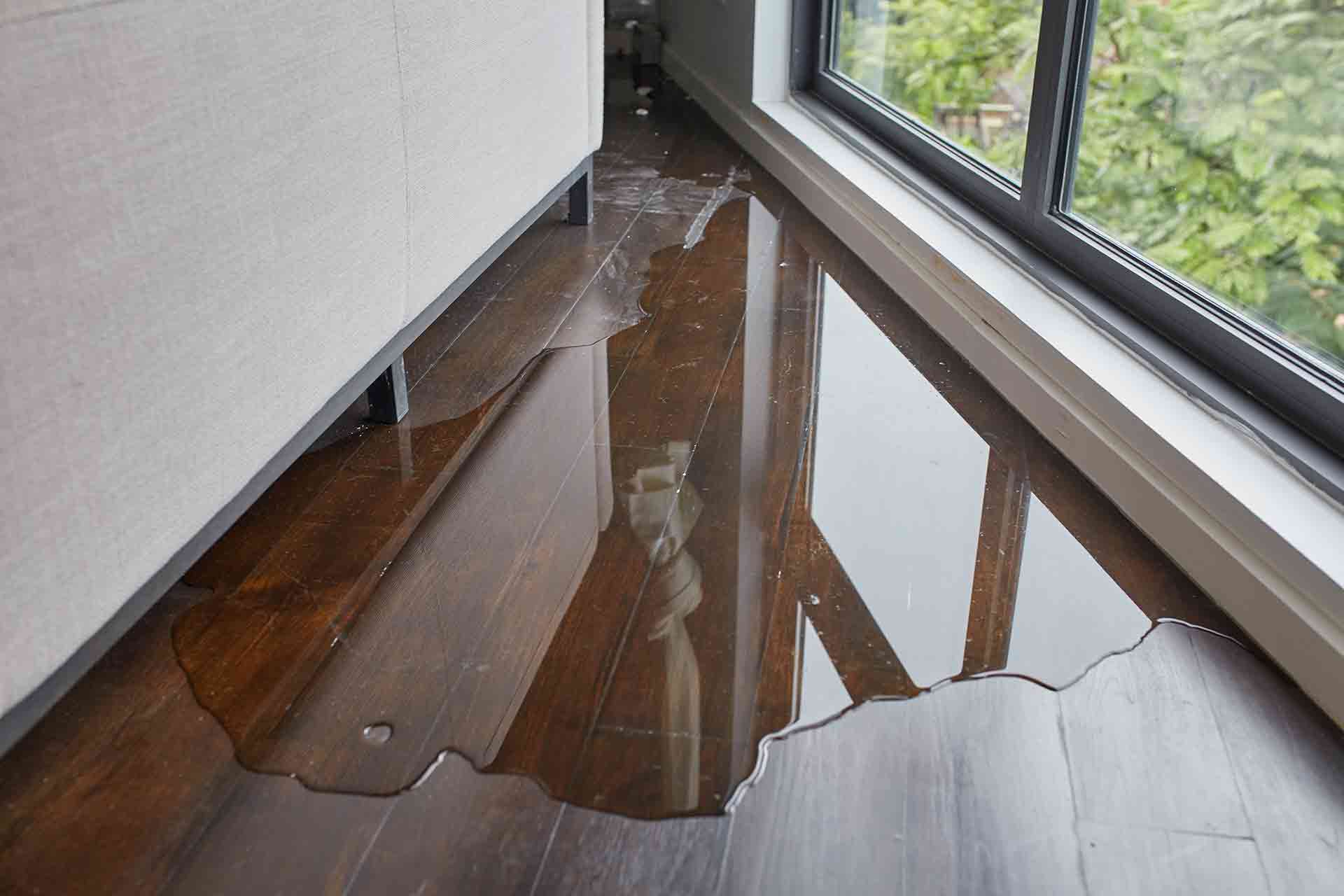What are your concepts on Preventing Water Damage in the Bathroom?

The washroom is very vulnerable for damp buildup and prospective water damage as a result of the regular use of water in it. This post provides basic inspection techniques to assist discovering water damages threats.
The regular use of water in the washroom makes it incredibly vulnerable for moist build-up and potential water damages. By checking it frequently, you can minimize water associated damages.
The complying with set of assessments is easy to execute as well as ought to be done as soon as in every 3 months in order to keep your bathroom healthy as well as to prevent potential water damages brought on by the bathtub, the shower, pipe joints as well as plumbing, sinks, closets, and also the commode
Do not overlook carrying out these inspections and be comprehensive while doing them. Remember that these easy inspections can save you a great deal of money by offering very early indicators for water damages
Bathtub and Shower
The shower and bathtub need special interest and also maintenance. Examine the ceramic tiles as well as replace if broken. Ensure that there is no missing out on grout in between the floor tiles. Evaluate as well as replace cracked caulking at joints where the wall surfaces fulfill the flooring or the bath tub. Obstructed drains and pipes issues will prevent the bath tub from drying as well as may suggest severe issues underneath the tub. Seek advice from an expert promptly to avoid structural damage. Take notice of stainings or soft locations around the tub walls as they might indicate an inner leak.
Plumbing
Signs for water damages are hard to identify because the majority of pipes are mounted inside the walls.
Pay unique attention to flooring as well as wall surfaces dampness as well as stains as they might suggest an unnoticeable plumbing trouble. Inspect moisture levels in adjoining spaces as well.
Sinks and also Cabinets
Sinks and closets are subjected to moisture as well as moisture day-to-day and are often forgotten. Evaluate on a regular basis under the sink and on the counter top over it. Repair any kind of drip in the trap as it may recommend drainpipe problems. Check out the sink, slow draining pipes might show an obstructed drainpipe. Change sink seals if they are fractured or loosened.
The Commode
The toilet is a susceptible water junction. Check the water lines as well as search for leaks around the toilet seat, in the hose pipe, as well as under the water storage tank. If you identify any kind of indicators of wetness on the floor around the toilet, check for leakages in the toilet edge as well as storage tank seals.
Know that hanging toilet bowl deodorants increases the opportunities for obstructions.
Water Damage Signs In The Bathroom To Avoid Cleanup
Musty smell
This is one of the easiest signs to catch because musty smells are so odorous. The damp, earthy, moldy smell should be a big red flag. The smell will develop when moisture gets trapped in surfaces, and begins to facilitate mold growth. Leaking pipes under cabinets, inside walls, and behind shower fixtures will cause moisture to stay trapped and not dry, which will lead to mold growth and spread. As soon as you notice any musty smells in your bathroom, have it checked for hidden water damage and cleanup signs.
Visible mold
If the smell isn’t there to give it away, sometimes you will actually see mold growth. Finding mold in your bathroom is a serious problem, because mold is very harmful to your health. By the time mold growth is visible, it also means that water damage has already occurred and been present for some time. The only way the mold problem can be resolved is to find the source of the moisture and get it stopped. To safely and adequately remove mold, you need to have professionals handle the remediation. Do not waste any time in getting mold problems addressed, fixed, and sanitized so that you can protect you and your family from the many respiratory symptoms caused by mold exposure.
Damaged floors
Bathroom floors should be able to withstand some exposure to water while still remaining in good condition. However, when excess exposure or water leaks occur, they will begin to damage even the most water-resistant flooring. If you notice any cracking, bubbling, staining, or warping on your bathroom floors, there is probably a water leak somewhere causing the distortion. If you notice areas of the floor have become softer, or even have a spongy feeling, there is probably damage to the subfloor. Subflooring is typically made up of plywood. When plywood is exposed to water or moisture, it will absorb it. Once it has become saturated, the weight of the excess water will cause the wood to swell and soften. Check the floors in your bathroom frequently to catch any of these sings before they lead to damaged subflooring.
Changes on walls
When water leaks behind walls, it will cause changes in the drywall. Peeling plaster, blistering paint, and soggy wallpaper are all good indicators that excess water is building up behind the wall. Water leaking behind drywall will cause it to swell and be soft to the tough. If you start to notice gaps along the trim of your walls, or where tile meets the wall, it could also be a strong indicator that there is a leak behind the wall. Any changes, distortion, or damage on the walls should be evaluated as soon as you notice it to prevent further water damage and cleanup.

I stumbled upon that write up about Common Causes of Water Damage in a Bathroom when doing a lookup on the internet. Liked our content? Please share it. Help another person discover it. Thanks a bunch for your time. Visit again soon.
Set Up An Appointment